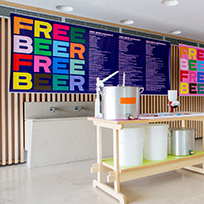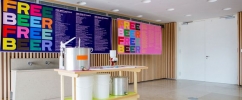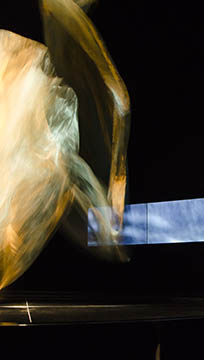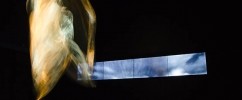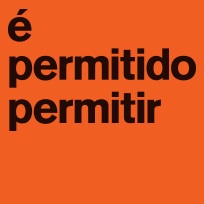Process and creation
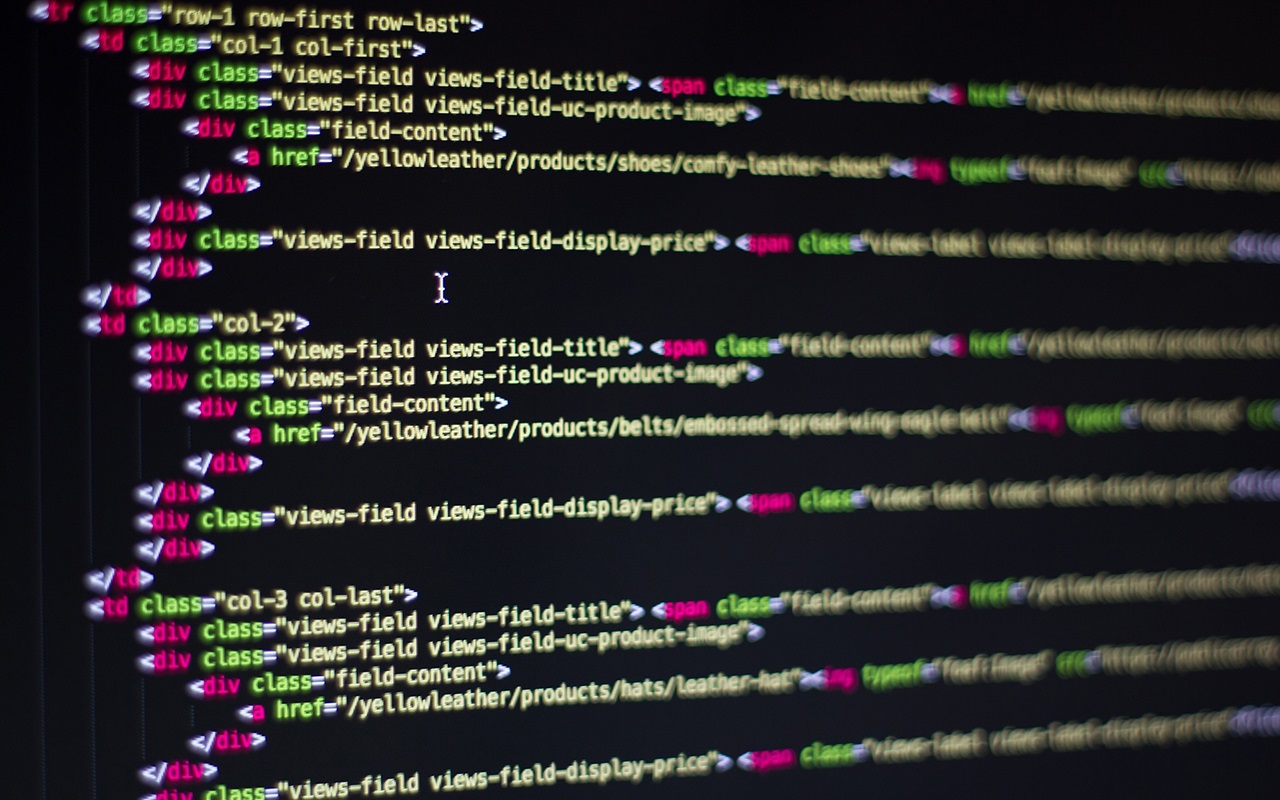
By Ronaldo Lemos *
The Superflex group can expose the engines that turn the world like few can. Through their art they question themes like work, productivity, mass consumption, intellectual property, technology, power, money and art. Nothing could be better, thus, to open the Museum of Tomorrow, a place that, inevitably, will have to deal with the same issues.
In the exhibition "It is Allowed to Allow", the works go beyond the exhibition space. They happen in the plan of contemporary life. The work "Free Beer" is not only an object, but also a collection of processes: of negotiation (between the Museum's team and the brewer Allegra), manufacturing, distribution, licensing (under Creative Commons), financing and consumption. The small bottle is the symbol of the networks formed to allow it to exist.
In the "Cockroach Tour", Superflex allows visitors to walk through the museum from the perspective of these insects that have been inhabiting the Earth for over 300 million years (and that will possibly remain here long after us, humans). That puts the idea of "tomorrow" into perspective. "Tomorrow for whom, exactly?", ask the cockroaches.
In the work "Copy Light Factory", visitors manufacture the objects to be exhibited themselves. With that, Superflex brings labor to the museum floor. And they are right to. A museum will be relevant in the 21st Century as it keeps connections alive with the largest possible number of networks and organizations, local and global, and with the community to which it belongs, empowering it.
Ronaldo Lemos is lawyer and director of Creative Commons in Brazil.
Museum of Tomorrow is an Applied Sciences museum which explores the opportunities and challenges which humanity will be forced to tackle in the coming decades from the perspective of sustainability and conviviality. Launched December 2015 by Rio de Janeiro City Hall, Museum of Tomorrow is a Culture asset from Rio's Secretary of Culture currently managed by Instituto de Desenvolvimento e Gestão (IDG). Example of a well-succeeded partnership between public power and private initiative, it has already received over three million visitors since opening. With Santander Bank as a Master Sponsor and a wide network of partner sponsors as Shell, IBM, IRB-Brasil RE, Engie, Grupo Globo and Instituto CCR, the museum was originally conceived by Roberto Marinho Foundation.
